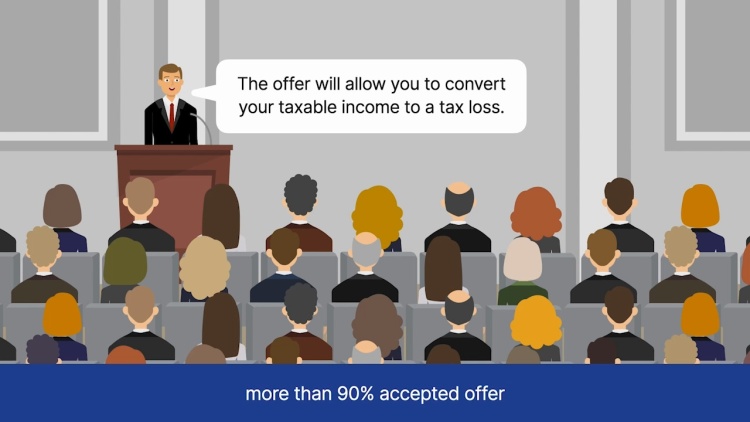Labovitz v. Dolan
Illinois Court of Appeals
189 Ill. App.3d 403, 545 N.E.2d 304 (1989)

- Written by Sean Carroll, JD
Facts
Charles Dolan (defendant) was the general partner of Cablevision Programming Investments (CPI), a limited partnership. The articles of the limited partnership stated that the partnership would seek to make cash distributions to partners annually “in an amount approximating the amount of taxable income reflected each year,” but that other obligations may prevent such distributions. The articles granted Dolan the sole, broad discretion to determine whether such distributions would be made. In 1985, the partnership earned over $34 million. In 1986, the partnership earned approximately $18 million. The partners were required to report their prorated portions of those earnings on their personal income tax returns. Dolan made only nominal cash distributions to the partners in these years, thus requiring the partners to pay their partnership tax obligations with their personal money, as opposed to the partnership income that created the tax obligations. In November 1986, Cablevision Systems Corporation (CSC), an affiliate that Dolan owned, offered to buy out the limited partners’ interests for approximately two-thirds of their book values. Joel Labovitz and most of the other CPI limited partners (plaintiffs) accepted, but then brought suit claiming that Dolan breached his fiduciary duty to the limited partners. The circuit court found that it could not inquire into the fairness of the buyout transactions due to the discretion the articles granted Dolan. The circuit court thus dismissed the complaint. Labovitz appealed.
Rule of Law
Issue
Holding and Reasoning (Scariano, J.)
What to do next…
Here's why 899,000 law students have relied on our case briefs:
- Written by law professors and practitioners, not other law students. 47,000 briefs, keyed to 994 casebooks. Top-notch customer support.
- The right amount of information, includes the facts, issues, rule of law, holding and reasoning, and any concurrences and dissents.
- Access in your classes, works on your mobile and tablet. Massive library of related video lessons and high quality multiple-choice questions.
- Easy to use, uniform format for every case brief. Written in plain English, not in legalese. Our briefs summarize and simplify; they don’t just repeat the court’s language.





